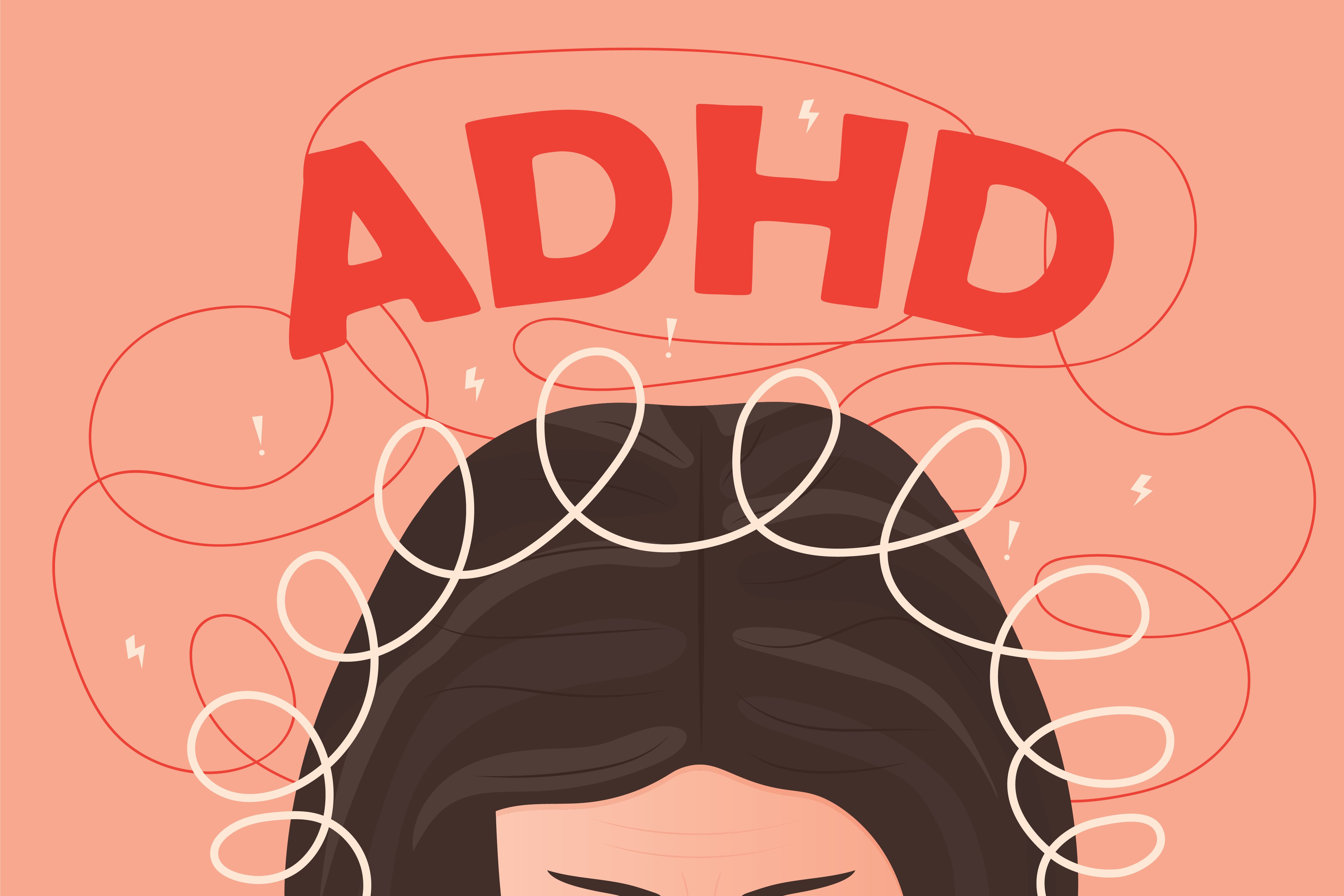News
Article
ADHD and Vision Problems
Author(s):
How do you “see” your patients with ADHD? Researchers performed a systematic review and meta-analysis of ADHD and vision problems.
ARTEMENKO VALENTYN_AdobeStock

CASE VIGNETTE
“Ethan” is a 13-year-old Caucasian male with a history of attention-deficit hyperactivity disorder (ADHD), diagnosed at age 7 years. When he was 9 years old, his parents noticed that, when watching television, he would turn his head to the right, such that only his left eye was directed at the screen. They mentioned this observation to Ethan’s pediatrician, who referred him to a pediatric ophthalmologist.
Ethan was diagnosed with intermittent exotropia, a condition where 1 eye periodically drifts outwards. As a psychiatrist, how would you educate patients and their parents about comorbidity between vision problems and ADHD?
There is evidence for shared environmental biological risk factors—such as pre-term birth and systemic infections—for both vision problems and ADHD.1 Given that the brain and eye develop from the same embryologic tissue, this raises the possibility that altered neurodevelopment may contribute to the risk of both vision problems and ADHD.1,2
Dopaminergic neurons, which have been implicated in the pathophysiology of ADHD, are also found in the retina, where they play key roles in color perception, contrast, sensitivity, light adaptation, and spatial and temporal processing.3,4
To date, there has not been a systematic investigation of the prevalence of vision disorder in ADHD, or whether ADHD is more prevalent in patients with vision problems.
The Current Study
Bellato and colleagues5 performed a systematic review and meta-analysis of ADHD and vision problems, following PRISMA guidelines. The authors systematically searched Pubmed, Web of Science, Ovid, Embase, and PsycInfo. They included original observational studies that incorporated individuals of any age who met DSM or ICD criteria for ADHD and compared at least 1 measure of vision in individuals with versus without ADHD.
For continuous outcomes, the standardized mean difference (Hedge’s g) was calculated, and the logarithm of the odds ratio (LogOR) was calculated for binary outcomes. Random effects meta-analyses were used to estimate pooled effect sizes. Cochran’s Q test was used to investigate between-study heterogeneity. Publication bias was assessed using visual inspection of funnel plots and Egger’s test.
The authors screened 65 potential full texts, of which 37 studies met inclusion criteria. They identified another 6 studies from the references of retrieved articles. Altogether, they included 43 studies in a narrative synthesis and 35 studies (392,423 with and 2,858,482 without ADHD) in the meta-analysis. There was no evidence that ADHD is more prevalent in patients with versus without vision problems (logOR=1.07, 95% CI -0.11-2.25).
By contrast, there was significantly increased risk of astigmatism (logOR=0.58), hyperopia and hypermetropia (logOR=0.58, 95% CI 0.51-0.66), reduced near point of convergence (logOR=1.61), strabismus (logOR=0.66), and unspecified vision problems (logOR=0.66). Between-study heterogeneity was not significant, and there was no evidence of publication bias.
There were no significant differences in anatomic ocular measures in individuals with and without ADHD, including axial length, ganglion cell layer thickness, intraocular pressure, macular thickness, macular volume, and retinal nerve fiber layer thickness. Between-study heterogeneity was significant, but there was no evidence of publication bias.
In terms of functional measures of vision, ADHD was associated with increased difficulties and errors in color discrimination (Hedge’s g = 0.52) and reduced contrast sensitivity (Hedge’s g = -2.81), but with evidence of both significant between-study heterogeneity and publication bias.
Regarding visual acuity, ADHD was associated with increased lag (Hedge’s g = 0.63) and variability (Hedge’s g = 0.40). By contrast, there was no difference in refractive error or visual acuity. There was also increased self-reported vision problems in those with ADHD (Hedge’s g = 0.63)
Study Conclusions
The authors concluded that there was evidence for an association between ADHD and reduced color discrimination and contrast sensitivity, atypical accommodative response and convergence, astigmatism, hyperopia, hypermetropia, and strabismus.
There was no association between ADHD and visual acuity, refractive error, and anatomic ocular measures. There was not an increased prevalence of ADHD in patients with vision problems. Thus, evidence points to a complex relationship between ADHD and visual problems.
Limitations included the small number of individual studies for some comparisons and between-study heterogeneity.
The Bottom Line
ADHD is associated with some self-reported and objectively ascertained functional vision problems, but not with structural alterations of the eye. Findings reaffirm the importance of visual examinations in patients with ADHD.
Dr Miller is a professor in the Department of Psychiatry and Health Behavior at Augusta University in Augusta, Georgia. He is on the Editorial Board and serves as the schizophrenia section chief for Psychiatric TimesTM. The author reports that he receives research support from Augusta University, the National Institute of Mental Health, and the Stanley Medical Research Institute.
References
1. Faraone SV, Banaschewski T, Coghill D, et al. The World Federation of ADHD International Consensus Statement: 208 evidence-based conclusions about the disorder. Neurosci Biobehav Rev. 2021;128:789-818.
2. London A, Benhar I, Schwartz M. The retina as a window to the brain-from eye research to CNS disorders. Nat Rev Neurol. 2013;9(1):44-53.
3. Djamgoz MB, Hankins MW, Hirano J, Archer SN. Neurobiology of retinal dopamine in relation to degenerative states of the tissue. Vision Res. 1997;37(24):3509-3529.
4. Witkovsky P. Dopamine and retinal function. Doc Ophthalmol. 2004;108(1):17-40.
5. Bellato A, Perna J, Ganapathy PS, et al. Association between ADHD and vision problems. a systematic review and meta-analysis. Mol Psychiatry. 2023;28(1):410-422.






